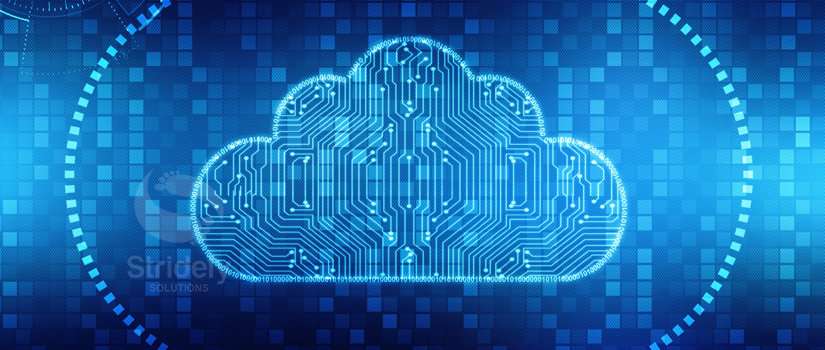Understanding SAP Conversational AI Bot (SAP CAI) Standard Implementation

SAP needs no introduction as this suite of ERP solutions has earned a magnificent reputation across the globe. Businesses of all shapes and sizes are lying their faith in this inventive resource. SAP CAI or SAP Conversational AI is another highly useful offering from SAP.
Stay Ahead of the Competition with SAP HANA Smart Data Integration: Here’s How

Businesses trying to be laced with updated technology to stay ahead in the competition have no dearth of options, as the market is flooded with such tools. Out of all the offered options that can address the existing operational challenges and empower a business at every front, SAP HANA Smart Data Integration folds a special place as it makes data processing easier than ever.
A Comprehensive Guide to Statistical Analysis in SAP BW4HANA Infrastructure

SAP leaves no stone unturned to please its end-users and offers extended help. SAP BW4HANA is one such high-end offering. Technically, it’s an SAP HANA-powered packages data warehouse offered in both on-premises and cloud-based format.
Cloud ERP System for Modern Business Landscape

Innovation is one of the major elements to growth. An organization’s growth is dependent on how fast it can innovate and adopt new technology. Traditional enterprise resource planning systems were too rigid and failed to keep up with the advanced business practices and technology. For this reason, Cloud ERP deployment has become one of the most preferred options for organizations of all sizes. Gartner has called it ‘Everywhere Enterprise’ concept.

